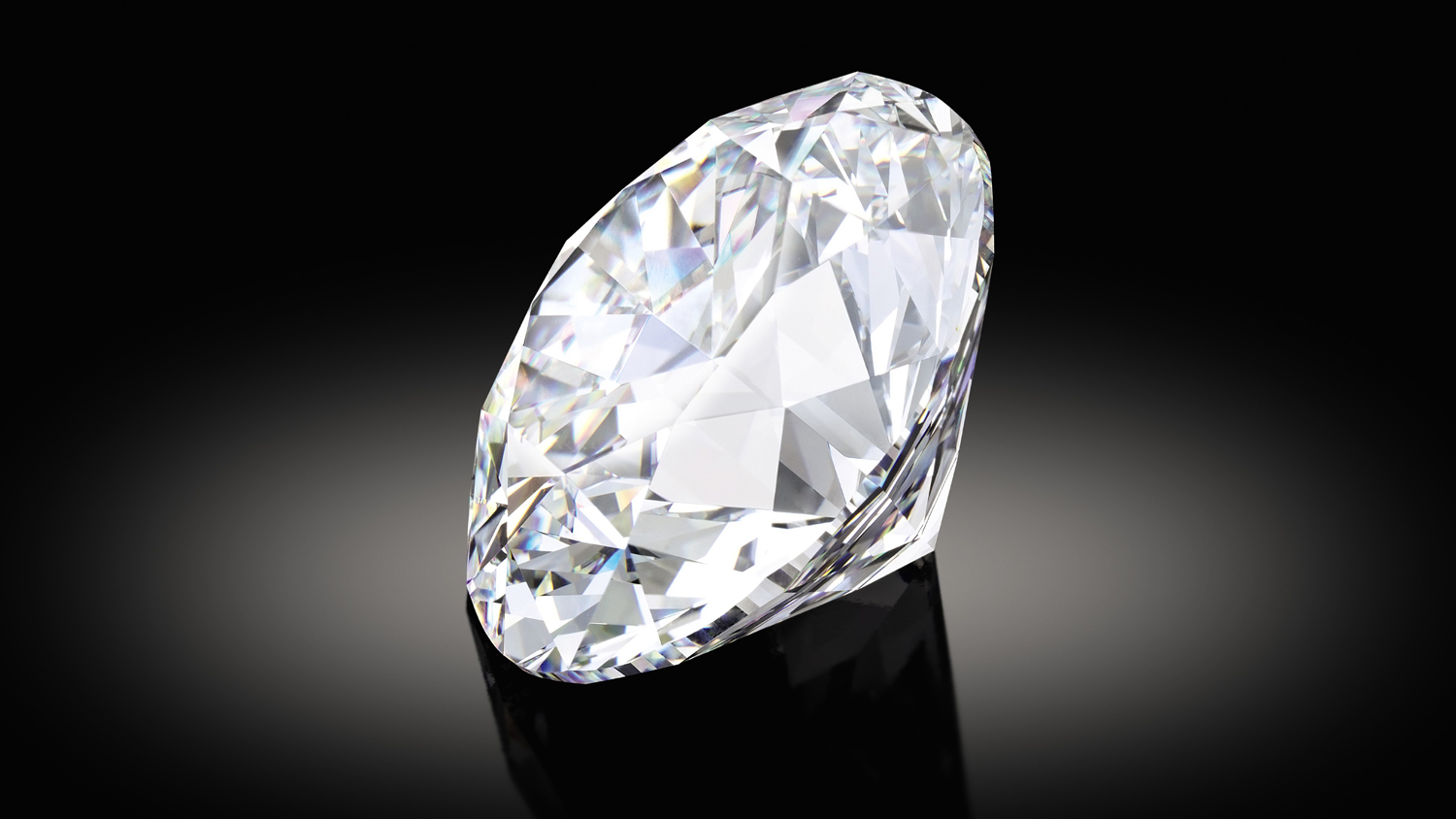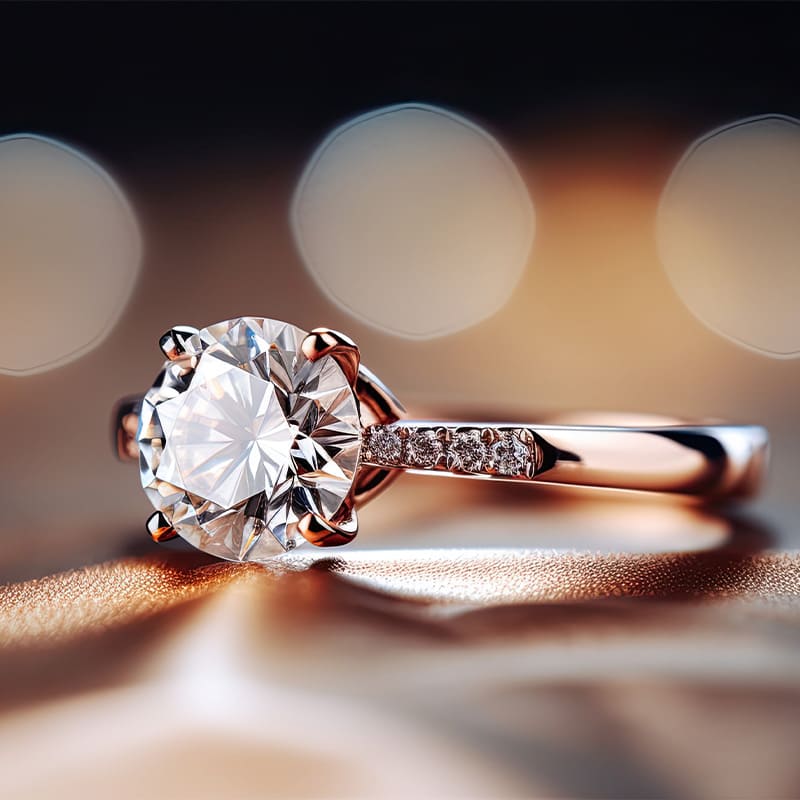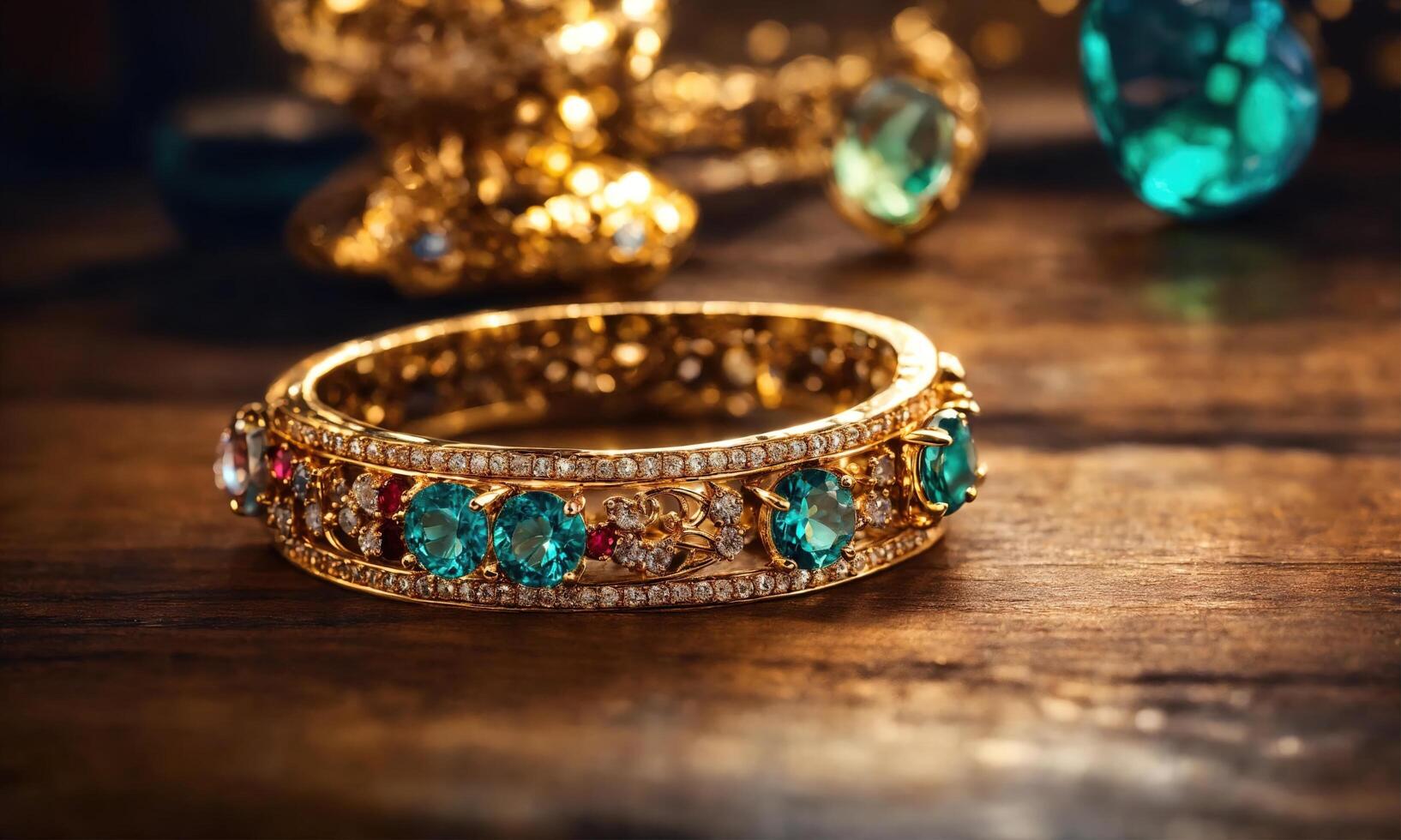
When it comes to purchasing diamonds, understanding the 4Cs is essential for making an informed decision. The 4Cs—cut, color, clarity, and carat weight—are the four most important factors that determine a diamond’s overall quality and value. Whether you’re shopping for an engagement ring, a special gift, or just treating yourself, knowing what matters in the diamonds 4Cs can help you select a stone that fits both your preferences and budget. In this article, we will dive into each of the 4Cs and explain why each one matters when evaluating diamonds.
Understanding the 4Cs of Diamonds
Before diving into what matters in the diamonds 4Cs, it’s important to understand what each of the 4Cs stands for. The 4Cs are the criteria used by gemologists to assess the quality of diamonds, and they play a critical role in determining the price and appearance of the stone. The first “C” stands for cut, which refers to how well the diamond has been shaped and faceted. The second “C” is color, which measures how colorless or yellowish a diamond is. The third “C” is clarity, which evaluates how many imperfections, or inclusions, are present in the diamond. Finally, the fourth “C” is carat weight, which indicates the size of the diamond. Together, these four factors influence the diamond’s beauty, durability, and overall worth.
The Importance of Cut in the Diamonds 4Cs
Among the 4Cs, cut is widely considered the most important factor when it comes to a diamond’s beauty and brilliance. A diamond’s cut determines how well it reflects light, which directly affects its sparkle and shine. A well-cut diamond will reflect light in a way that maximizes its brilliance, making it appear bright and vibrant. A poorly cut diamond, on the other hand, can look dull and lifeless, even if it has excellent color and clarity.
What matters in the diamonds 4Cs when considering cut is the precision of the angles and proportions of the diamond. A well-cut diamond will have optimal proportions that allow light to enter the stone and reflect back to the viewer’s eye, enhancing its overall sparkle. While the cut grade does not refer to the diamond’s shape (such as round or princess), it does indicate how well the stone has been shaped to maximize its potential. When evaluating diamonds, it’s crucial to prioritize the cut since it has the greatest impact on a diamond’s visual appeal.
Color: What Matters in the Diamonds 4Cs
Color is another significant factor in determining the quality of a diamond. In the diamonds 4Cs, color refers to the absence of color in a diamond. The less color a diamond has, the higher its value. Diamonds are graded on a scale from D (colorless) to Z (light yellow or brown). Colorless diamonds (graded D-F) are the most prized and are generally more expensive. Near-colorless diamonds (graded G-J) still appear almost colorless to the naked eye but are priced lower.
What matters in the diamonds 4Cs when it comes to color is how noticeable the diamond’s hue is. While diamonds with a hint of yellow or brown can still be beautiful, they may not be as valuable as colorless diamonds. When selecting a diamond, personal preference plays a key role. Some people may prefer the warmer tones of a diamond with a slight yellow or brown hue, while others may prioritize the crisp, pure look of a colorless diamond. If you’re on a budget, you may find that diamonds graded G-H offer the best value without compromising too much on appearance.
Clarity: What Matters in the Diamonds 4Cs
Clarity refers to the presence of internal or external imperfections in a diamond, known as inclusions and blemishes. Inclusions are tiny imperfections within the diamond, such as air bubbles or other trapped materials, while blemishes are external marks on the surface of the stone. The fewer the inclusions and blemishes, the higher the clarity grade, and the more valuable the diamond becomes.
When it comes to what matters in the diamonds 4Cs regarding clarity, the most important factor is whether the inclusions are visible to the naked eye. Diamonds are graded for clarity on a scale that ranges from Flawless (FL) to Included (I1, I2, I3), with several categories in between, such as Very, Very Slightly Included (VVS1 and VVS2) and Very Slightly Included (VS1 and VS2). While flawless diamonds are extremely rare and expensive, diamonds with minor inclusions that are visible only under magnification can still look stunning to the naked eye. What truly matters is the level of visibility of the inclusions and whether they affect the diamond’s overall appearance.
Carat Weight: What Matters in the Diamonds 4Cs
Carat weight refers to the size of the diamond, with one carat being equivalent to 0.2 grams. Larger diamonds are generally more valuable, but carat weight alone does not determine a diamond’s worth. What matters in the lab diamonds when considering carat weight is how the diamond’s size relates to the other factors, such as cut and clarity. A larger diamond with poor cut or visible inclusions may not appear as beautiful or valuable as a smaller diamond with excellent cut and clarity.
When selecting a diamond, it’s important to understand that carat weight should not be the sole deciding factor. Many consumers mistakenly believe that a larger diamond is always better, but the overall quality of the diamond—including its cut, color, and clarity—should be taken into account. If you have a specific budget in mind, you may find that choosing a slightly smaller diamond with a higher quality cut, color, and clarity will offer you better value and a more beautiful stone.
Balancing the 4Cs: What Matters Most?
When considering what matters in the diamonds 4Cs, it’s important to understand that each factor influences the overall appearance and value of the diamond. While the cut is generally the most crucial factor for a diamond’s brilliance, the other Cs—color, clarity, and carat weight—should also be considered in the context of your personal preferences and budget.
Ultimately, what matters in the diamonds 4Cs is finding the right balance that fits your needs. If you’re looking for a diamond with maximum sparkle, prioritize the cut. If you’re concerned about color, look for diamonds with a higher grade in the D-F range. For clarity, remember that most inclusions are invisible to the naked eye, so you can save money by choosing a diamond with slight imperfections. Finally, when it comes to carat weight, focus on finding a diamond that suits your desired size without compromising on the other Cs.
Conclusion: What Matters in the Diamonds 4Cs
Understanding the diamonds 4Cs is essential for making a smart and informed purchase. The cut, color, clarity, and carat weight of a diamond all play a role in determining its beauty, value, and appeal. By taking the time to learn what matters in the diamonds 4Cs, you can select a diamond that not only meets your aesthetic preferences but also fits within your budget. Whether you’re purchasing an engagement ring, a gift, or a piece of fine jewelry, knowing how to evaluate the 4Cs will help you find a diamond that is perfect for you.














